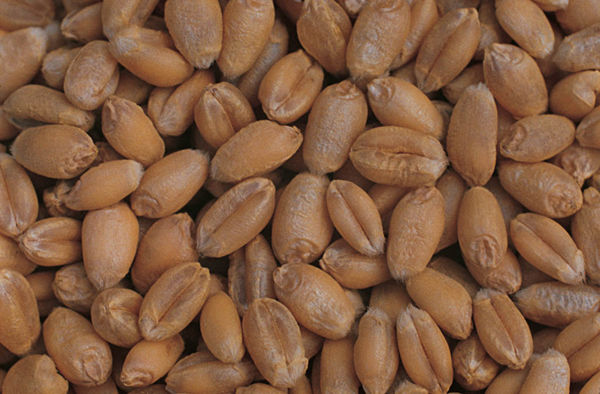Focus on Grain Quality: Why It Always Matters
January 8, 2018
By: Mitch Bloms, Field Sales Representative

With the season goal of high profits, grain quality plays an important role. A measure of grain quality is a good test weight, and the better the test weight, the better a grower’s profit. By achieving and maintaining high grain quality, growers will be set up for a higher test weight that will ultimately benefit their bottom line.
With high-quality grain, the standard test weight growers should reach is 60 lbs/bu for wheat. There are three key factors to produce good test weight and quality grain:
- Disease Control: Scouting and spraying for diseases throughout the season will help improve grain quality. Perfect conditions for diseases to grow are warm temperatures and moisture. Scab, also known as Fusarium head blight, produces elevated DON levels that can lower the quality of grain and reduce test weight. DON, known as Vomitoxin, is a common mycotoxin that affects wheat. Elevated DON levels in grain impacts the price millers are willing to pay. Infected grain may reduce quality and add costs of a screening process to remove the infected grain. Along with scab, rust and other foliar diseases lead to low grain fill and yield loss. Using a fungicide such as Prosaro® will improve grain quality, maximize yield and increase profit potential.
- Protein Levels: Growers can receive a premium for their grain if the average protein level is more than 14 percent. Protein levels below 14 percent may receive a discount. Protein levels range depending on what wheat variety is grown, quantity of nitrogen used throughout the season and weather conditions. Dry conditions create stress and tend to increase protein levels.
- Harvest: Weather plays a large role during harvest. If grain is left in the field for too long due to poor weather, it may start to sprout, leading to low quality grain and lower test weight. Although growers can’t control the weather, it’s vital to harvest during the correct timeframe.
It’s important to cultivate and maintain a high-quality crop throughout the season. Grain quality matters because it affects test weight and the bottom line. Read about grain preservation as part of the Grain Quality series.